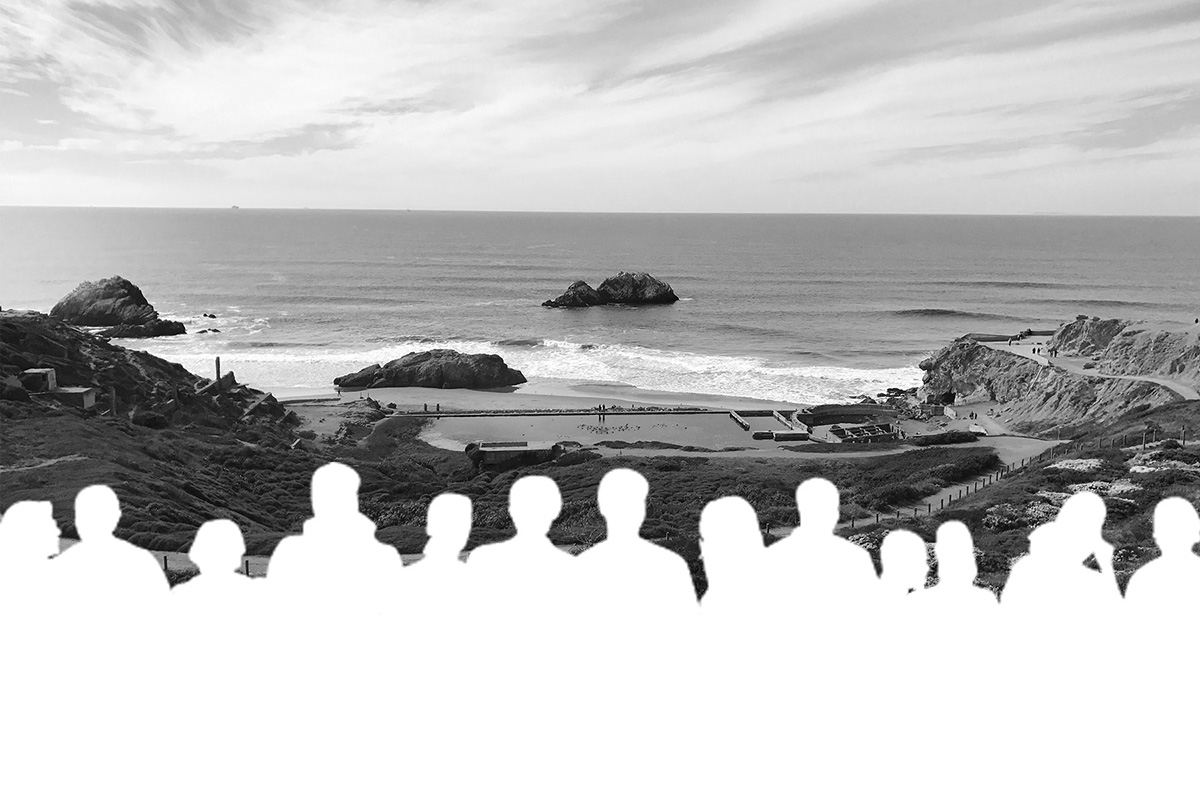The City’s Lobby: Making Space for Social Interaction in Tourism

by Anita Sellers Helfrich (MArch ’17)
In a globalizing world, tourists are a growing part of the population in cities. As short-term visitors who are away from home and work, they have unique qualities that differentiate them from permanent residents. While this often leads to disconnections between tourist-heavy areas and their surroundings, it can also be seen as an opportunity for the city’s architecture to better integrate a changing user base. Most tourist attractions are designed to maximize the commercial value of tourists through an efficient circulation of the masses. They fail to appreciate the fact that these masses are made up of individuals from around the world who were brought together by a shared interest. This thesis proposes a space that celebrates the diverse community of tourists it attracts—a space designed for lingering rather than transience to promote the collective enjoyment of a destination.
Bringing hospitality into the public realm, the city’s lobby welcomes all tourists to get oriented in a centralized place without imposing on the local context. Programmatically, it provides amenities that serve the displaced tourist who feels limited by the belongings in their luggage. Spatially, it offers claimable areas for the opportunistic tourist to sit down and learn from the community of tourists around them. Urbanistically, it associates with an existing attraction to encourage the curious tourist to comfortably explore a new place. By adapting to an evolving population of tourists while representing the local character that they have come to experience, the city’s lobby is the tourist’s own in an unknown place.